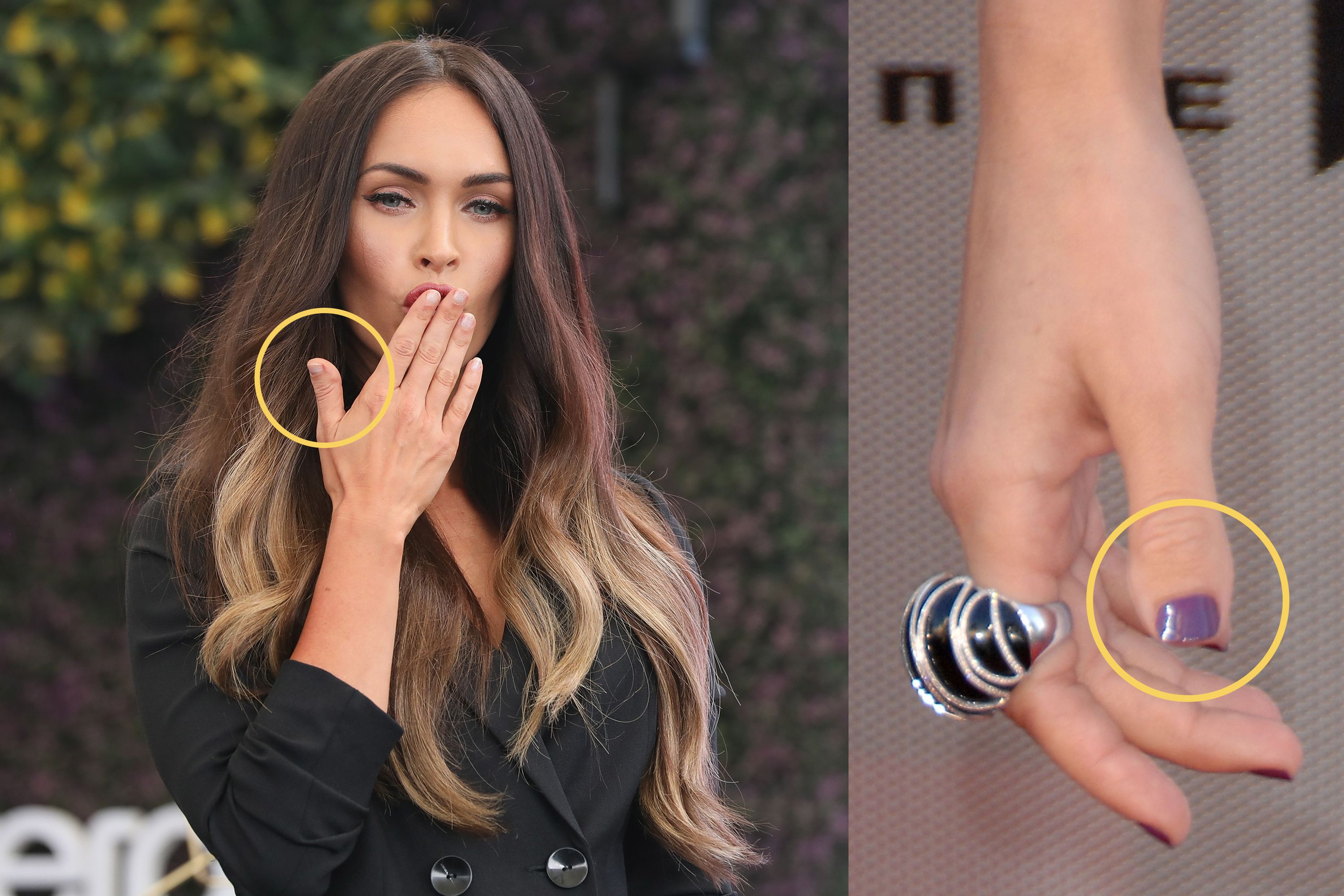
Otherwise, you will only experience health impacts if brachydactyly occurs in combination with another health condition. Only in rare, extreme cases will brachydactyly make it difficult to perform tasks. Impact of Brachydactyly on Your Healthīrachydactyly rarely affects your overall health. Instead of making your fingers and toes look shorter, it makes your hands and feet look smaller. Type E shortens the bones in the hands and feet along with the bottom bone in the fingers. It is most often part of another condition that someone is born with. This is the rarest form of brachydactyly. It shortens the final bone in the thumbs and doesn’t affect the fingers at all. This is the most common form of brachydactyly. As a result, Type C brachydactyly will leave the ring finger as the longest on your hand. The index, middle, and little finger will have their middle bone shortened. This rare form of brachydactyly only affects three fingers on each hand. The final thumb bones and big toe bones may be split or flatter than average. The same thing happens to the corresponding toes. It causes the bone to be shortened or missing entirely. This type of brachydactyly affects the final bones of all eight fingers. Type A3 only shortens the middle bone of the little finger. Type A2 shortens just the middle bone of the index and sometimes the little finger. Type A1 shortens the middle bone of all of your fingers. This form of brachydactyly affects the middle bones of your fingers. Each form affects different fingers and toes. Types of Brachydactylyīecause there are so many genes that can potentially cause brachydactyly, there are five distinct forms that you may have. In these cases, the shortened finger and toe bones are part of a larger overall syndrome that affects many parts of the body. People with Down syndrome may also have brachydactyly.īabies born with Cushing’s syndrome may also have brachydactyly. Other conditions that people are born with called syndromes can produce shortened digits. This means there may not be anyone else in the family with the condition. In both of these cases, brachydactyly is not genetic. It can also be caused by poor blood flow in growing babies. If an expectant mother takes anticonvulsant medication to treat epilepsy or other conditions, there is a risk of the baby developing brachydactyly.

In some cases, brachydactyly may be caused by medications a mother takes while pregnant. You may not even know that you have brachydactyly unless you get a hand or foot x-ray for another condition. In this case, you simply have shorter fingers or toes than you might have otherwise. You can have brachydactyly and no other health conditions. Many cases of brachydactyly occur without any other health conditions. If you have brachydactyly, other people in your family most likely have it as well. It’s a dominant genetic trait, so only one parent needs to have the condition for a child to inherit it. Most types of brachydactyly are genetic, which means that they can be passed down in a family. Here’s everything you need to know about the causes and effects of brachydactyly on your health. For most people, brachydactyly will not affect how they live their lives. There are multiple types of brachydactyly that affect the fingers and toes differently. It leads to someone’s fingers and toes being much shorter than average compared to the general size of their body. 2017 139:256.Brachydactyly is a congenital condition that a person is born with. Evidence-based medicine: Thumb basal joint arthritis. In: Plastic Surgery: Volume 6: Hand and Upper Extremity. American Society for Surgery of the Hand. Evaluation of the patient with thumb pain.

The damage to the joint might result in growth of new bone along the sides of the existing bone (bone spurs), which can produce noticeable lumps on your thumb joint. The bones then rub against each other, resulting in friction and joint damage. With thumb arthritis, the cartilage that covers the ends of the bones deteriorates, and its smooth surface roughens. In a normal thumb joint, cartilage covers the ends of the bones - acting as a cushion and allowing the bones to glide smoothly against each other. Previous trauma or injury to the thumb joint also can cause thumb arthritis. Thumb arthritis commonly occurs with aging.


 0 kommentar(er)
0 kommentar(er)
